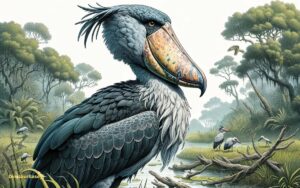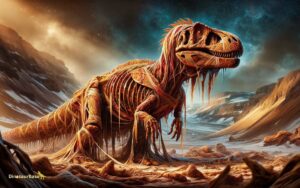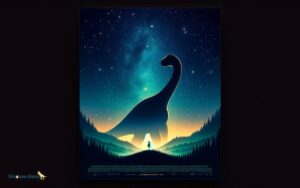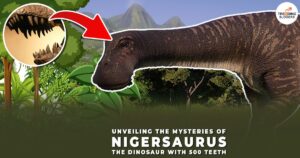What Defines a Diplodocus: The Dinosaur Giant?
The Diplodocus was a long-necked, quadrupedal sauropod that roamed the Earth during the late Jurassic period. This dinosaur giant is characterized by an elongated tail and neck.
The Diplodocus stands out as one of the most iconic dinosaurs, a true marvel from prehistoric times. With its impressively long whip-like tail and an equally extensive neck, this herbivorous behemoth stretched up to 175 feet in length, making it one of the longest land animals ever known.
Its slender build and peg-like teeth were well-suited for stripping leaves, indicative of its diet consisting mainly of plant material.
Fossil discoveries, particularly in the Morrison Formation of the Western United States, provide evidence of its existence and offer paleontologists insights into its physical structure and lifestyle.
The Diplodocus continues to fascinate both the scientific community and the public, epitomizing the grandeur of dinosaurs.
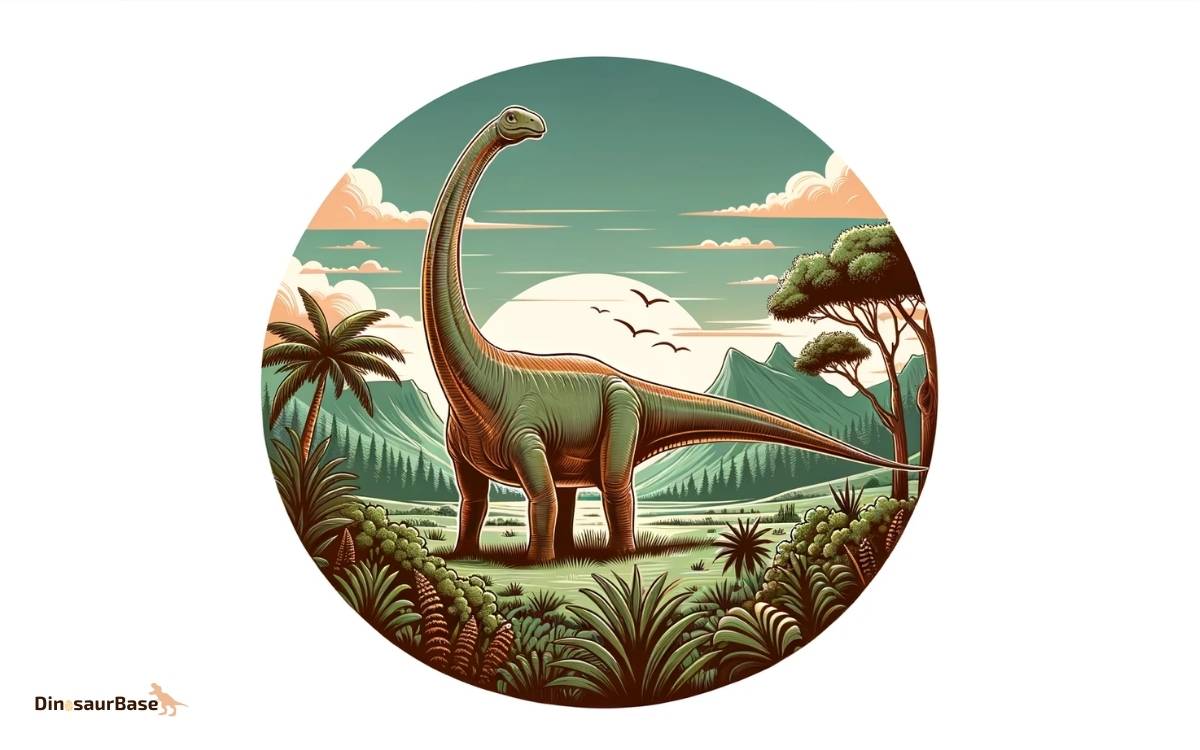
Meet The Diplodocus: A Gentle Giant
Imagine walking through lush prehistoric forests and coming face-to-face with a true gentle giant. This giant isn’t a creature of fairy tales, but a real dinosaur known as Diplodocus. Its name, meaning “double beam,” refers to its unique tail bones.
As one of the longest land animals ever to roam the earth, it commands awe and wonder.
Characteristic Features Of The Diplodocus
Standing tall with an impressive stature, the Diplodocus showcases a variety of remarkable features. Its most notable characteristics include:
- Enormous Size: Lengths reaching up to 90 feet.
- Whip-like Tail: Could crack like a whip for defense or sound.
- Long Neck: Allowed feeding from high trees and low plants.
- Sauropod Shape: Massive body, four sturdy legs, and small head.
Unique adaptations not only contributed to its survival but also underline the peaceful nature of this herbivore giant.
Historical Discovery Timeline
The journey to uncovering Diplodocus began in the late 19th century. Here’s a brief timeline:
| Year | Event |
|---|---|
| 1878 | First Diplodocus bones discovered. |
| 1884 | Species named Diplodocus by Othniel Charles Marsh. |
| 1899 | First full Diplodocus skeleton mounted at Carnegie Museum. |
| 1905 | Discovery of Diplodocus carnegii, named after Andrew Carnegie. |
Each subsequent discovery built upon the last, bringing to life the grandeur of Diplodocus. It’s a history that continues to intrigue scientists and enthusiasts alike.
Unraveling The Size Of The Diplodocus
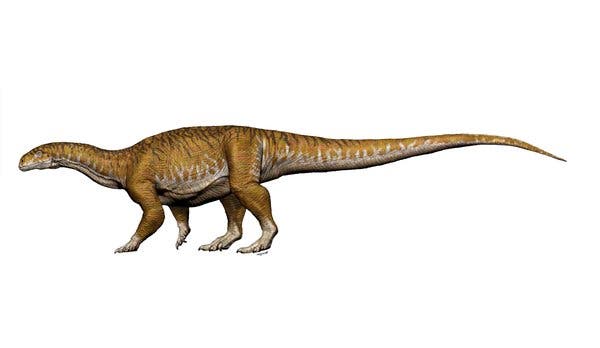
An awe-struck audience often imagines the vast size of Diplodocus when they hear its name. Towering over the prehistoric landscape, its size and scale remain a subject of fascination. Let’s dig into the specifics of this Jurassic giant’s extraordinary dimensions.
Estimating Length And Weight
Scientists use fossil remains to calculate the Diplodocus’s length and weight. Skeletal reconstructions suggest an impressive length of up to 25-30 meters, positioning Diplodocus as one of the longest land animals ever.
Estimating weight is trickier due to the varying body compositions. Current methods point towards a weight ranging between 10 to 16 tons, a testament to the giant’s grandeur.
Comparisons With Other Sauropods
Compared to its relatives, the Diplodocus was slender and long-tailed. Its neck stretched far, helping it forage across vast areas without moving much. Other sauropods often outweighed it, but few rivaled its length.
Habitat And Ecology: A Prehistoric Perspective
The Diplodocus roamed the Earth during the late Jurassic period. These long-necked dinosaurs were part of an ecosystem unlike any today. Let’s explore their habitats and uncover how they lived.
Preferred Environmental Conditions
The Diplodocus thrived in warm, humid climates. They lived in areas teeming with coniferous forests and vast floodplains.
- Floodplains provided lush vegetation.
- Swamps and river valleys were common roaming grounds.
Dietary Habits And Foraging Strategies
The Diplodocus was a herbivore, with a diet consisting primarily of plants. Unique strategies aided their foraging in the diverse Jurassic landscape.
| Feeding Strategy | Description |
|---|---|
| High Browsing | Used their long necks to reach tall trees. |
| Low Grazing | Ate low-lying ferns and cycads. |
| Selective Feeding | Chose specific plants that provided the most nutrition. |
Anatomy And Adaptations
Discovering the Diplodocus reveals a journey into the prehistoric world where size and structure played pivotal roles in survival.
The Diplodocus, a well-known Jurassic giant, showcases an array of anatomical marvels. Let’s delve into the specific adaptations that allowed this behemoth to thrive in its ancient habitats.
Unique Skeletal Structures
The Diplodocus is famed for its distinctive skeleton. Among its standout features is the double-beamed chevron bones beneath its tail. As crucial supports, they allowed its tail to assume a whip-like structure.
Their long necks boasted a staggering number of vertebrae, upwards of 15 elongated neck bones.
This enabled them to access food sources out of reach for other dinosaurs. Their pillar-like legs supported their massive size, allowing for their hefty frames to be carried with surprising grace.
Tail Functionality And Defense
Diplodocus tails were a marvel of prehistoric engineering. A vital aspect was its functionality across various applications.
- Balancing Aid: The tail counterbalanced its long neck, allowing for stable movement.
- Communication Tool: Scientists believe the tail could create sonic booms, communicating across vast distances.
- Defense Mechanism: When predators lurked, the Diplodocus could swing its tail like a mighty whip, deterring threats with its powerful force.
This blend of long-neck browsing and tail-driven defense marks the Diplodocus as a master of both foraging and fending off foes.
These anatomical adaptations demonstrate the Diplodocus’ place as a preeminent Jurassic giant. It combined height and strength in a unique package that ruled the ancient landscape.
The Diplodocus In Popular Culture
Enter the world of prehistoric giants and immediately, the Diplodocus comes to mind. Its towering presence has transcended from ancient ecosystems to modern culture. Let’s explore its footprint in literature, arts, and especially on the silver screen.
Cinematic Appearances
Diplodocus has made a colossal splash in movies. Its distinct shape often graces the background of dinosaur-themed scenes. Kids and adults recognize its long neck reaching for high leaves.
- Films like “Jurassic Park” – showcased the Diplodocus, fueling fascination.
- Animated classics – “The Land Before Time” series featured a Diplodocus character.
- Documentaries – “Walking with Dinosaurs” brought them to life with stunning visuals and factual storytelling.
Impact On Literature And Arts
Diplodocus has left a lasting impression in books and on canvases.
- Dinosaur books for children – Illustrations depict the Diplodocus for young minds to marvel at.
- Science literature – Charts the history and biology of these giants.
- Popular art pieces – Include sculptures and murals capturing the magnitude of Diplodocus.
The creature inspires awe and wonder, igniting the creative spark in authors and artists worldwide.
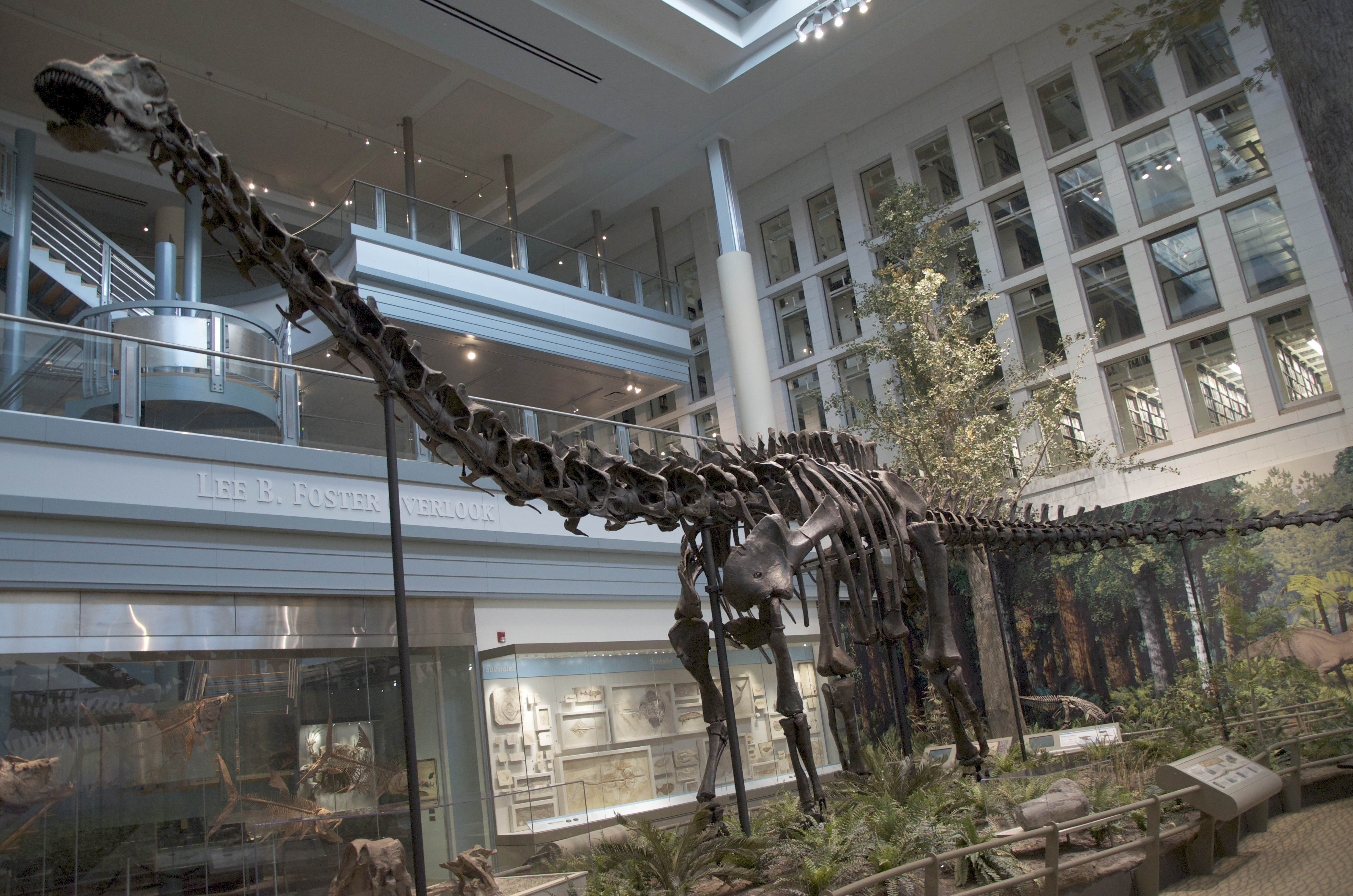
Credit: en.wikipedia.org
Frequently Asked Questions Of What Defines A Diplodocus: The Dinosaur Giant?
What Are The Characteristics Of The Diplodocus?
The Diplodocus was a long-necked, tail-whipping herbivore. It featured four sturdy legs and a whip-like tail. This dinosaur lived during the late Jurassic period. Its elongated neck helped it forage for high vegetation.
Was Diplodocus The Biggest Dinosaur?
Diplodocus was not the biggest dinosaur; larger species like Argentinosaurus and Patagotitan surpassed its size.
Is Diplodocus Not A Dinosaur?
Diplodocus is indeed a dinosaur, classified among the long-necked herbivorous sauropods from the Jurassic period.
What Size Tall Was The Diplodocus?
The Diplodocus was a long-necked dinosaur, reaching up to 88 feet in length. Its tall stature was due to its long neck and tail.
Conclusion
The Diplodocus stands as one of the most captivating dinosaurs, a true testament to prehistoric grandeur.
With its prodigious length and iconic silhouette, this gentle giant continues to capture our imagination. Exploring its world has enlightened us on the diversity of ancient life.
Embrace the wonder; the Diplodocus story is far from extinct.


